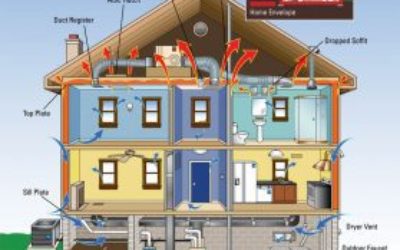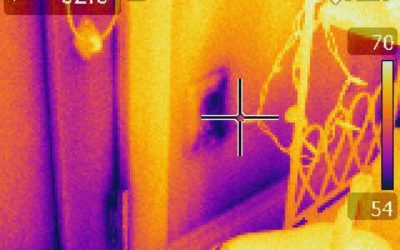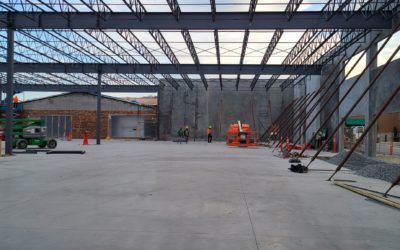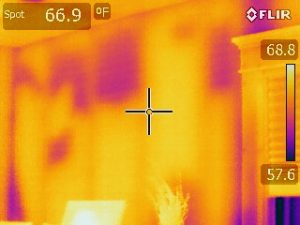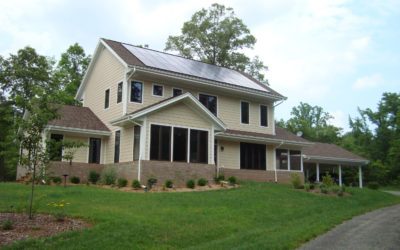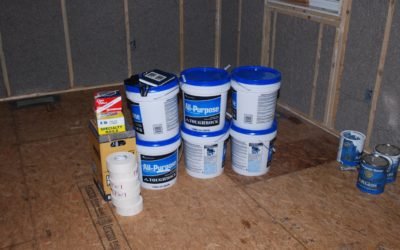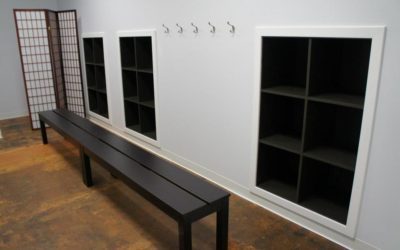Fall weather and the smell of pumpkin spice has us thinking about insulation and air sealing. We...
Little Things to Make Your Home Better
Sometimes the little things in our homes aren't designed at all. I have the opportunity on...
Building Science: Why Does it Matter, and Why is it Left Out So Often?
The profession of architecture is often looked at through the lens of television or magazines -...
Green Terms Defined: Air Infiltration
Air Infiltration – The uncontrolled inward air leakage through cracks and holes in the building...
Stop making your home less comfortable by spending money on the wrong things
Stop making your home less comfortable by spending money on the wrong things
Hire an Architect Not Only For Aesthetics, But For Design
"A rotary phone is to codes compliant building as a smart phone is to a high performance...
Get to know “Milton Matter of Ivy Tools” Friday Featured Local Business
Give us some background on your company. What do you do and why do you do it? Ivy Tools supplies...
Green Terms Defined: Green Building (Part 1)
There are many definitions of what green building is or does. Definitions range from a building...
Your health depends on it – Healthy Indoor Air Quality
As we learn more about building science homes are being built tighter through good construction...
Harrisonburg Bikram Yoga Studio design
We were contacted by a small business owner in Harrisonburg that wanted to start a new venture in...

